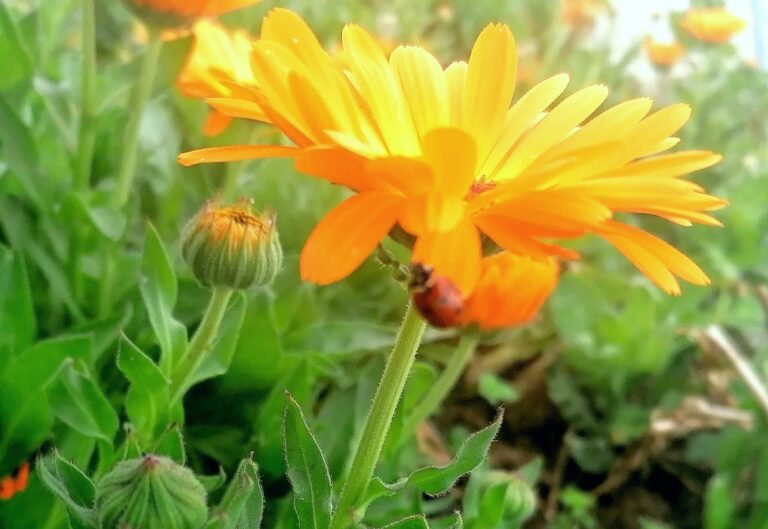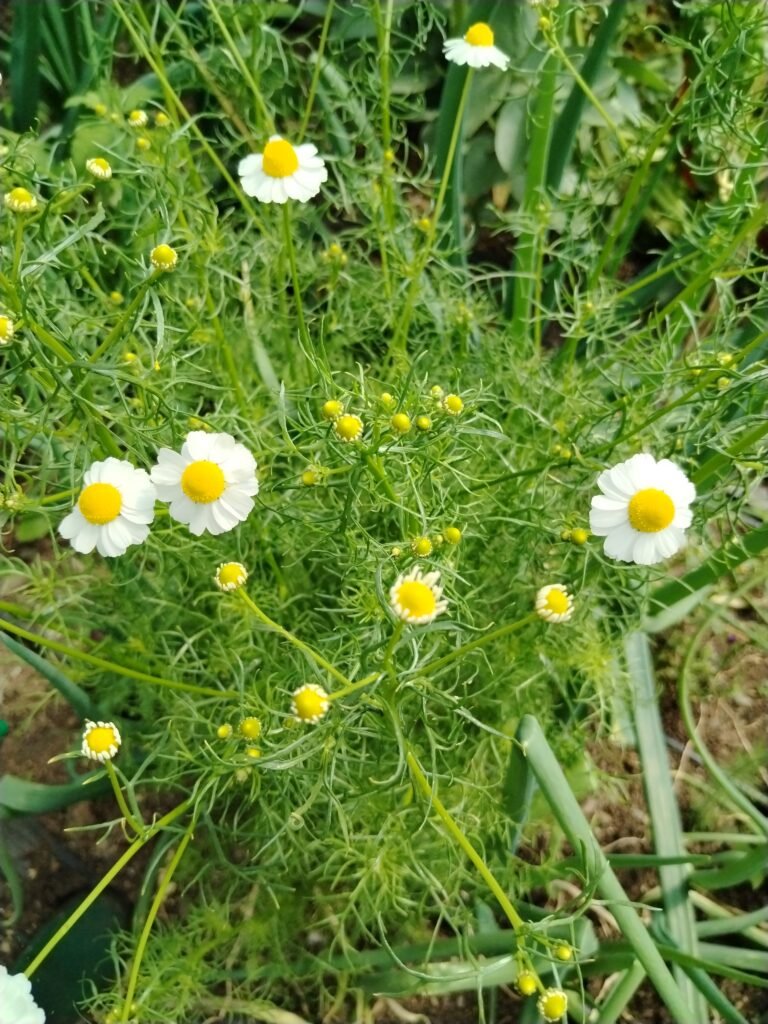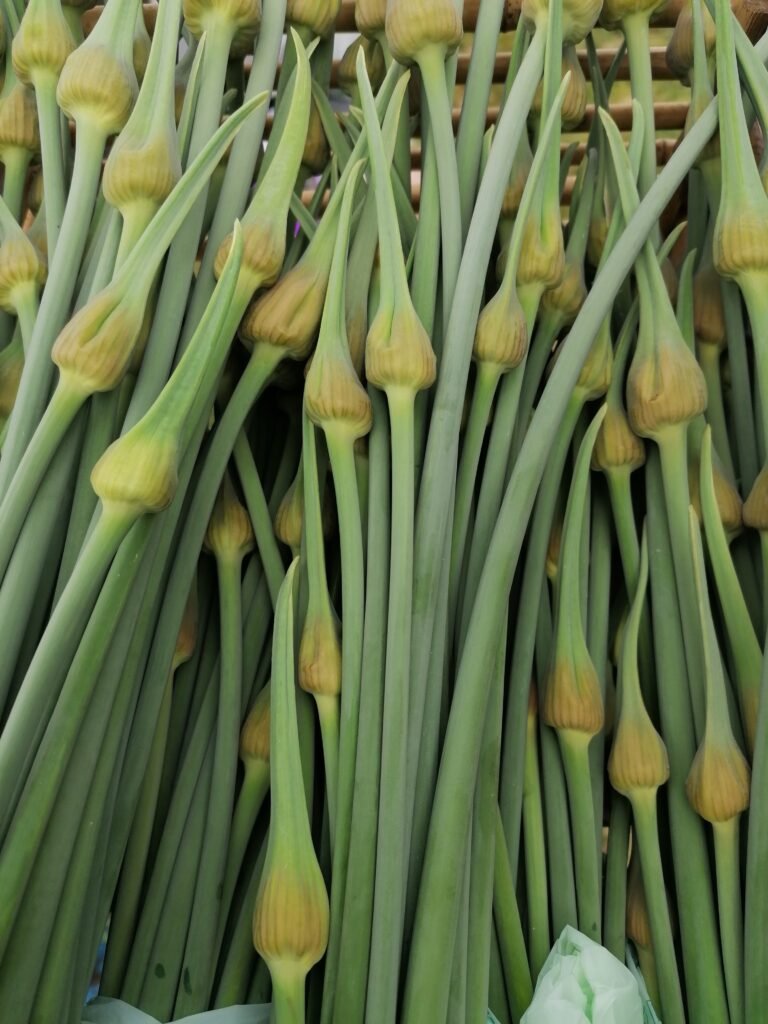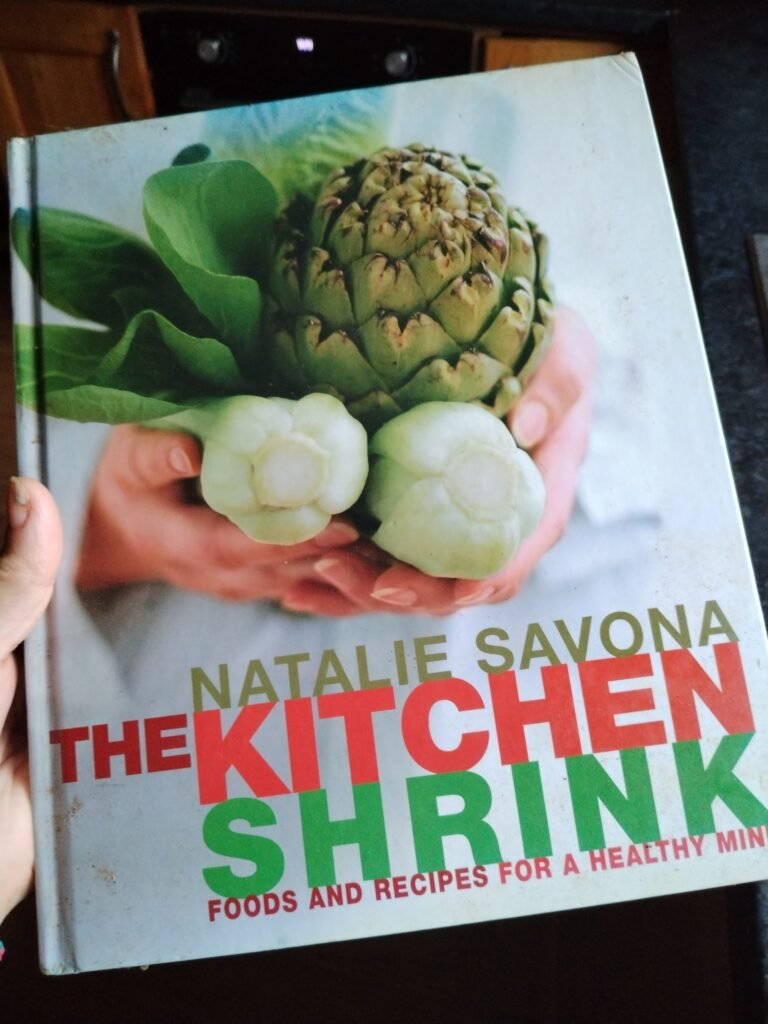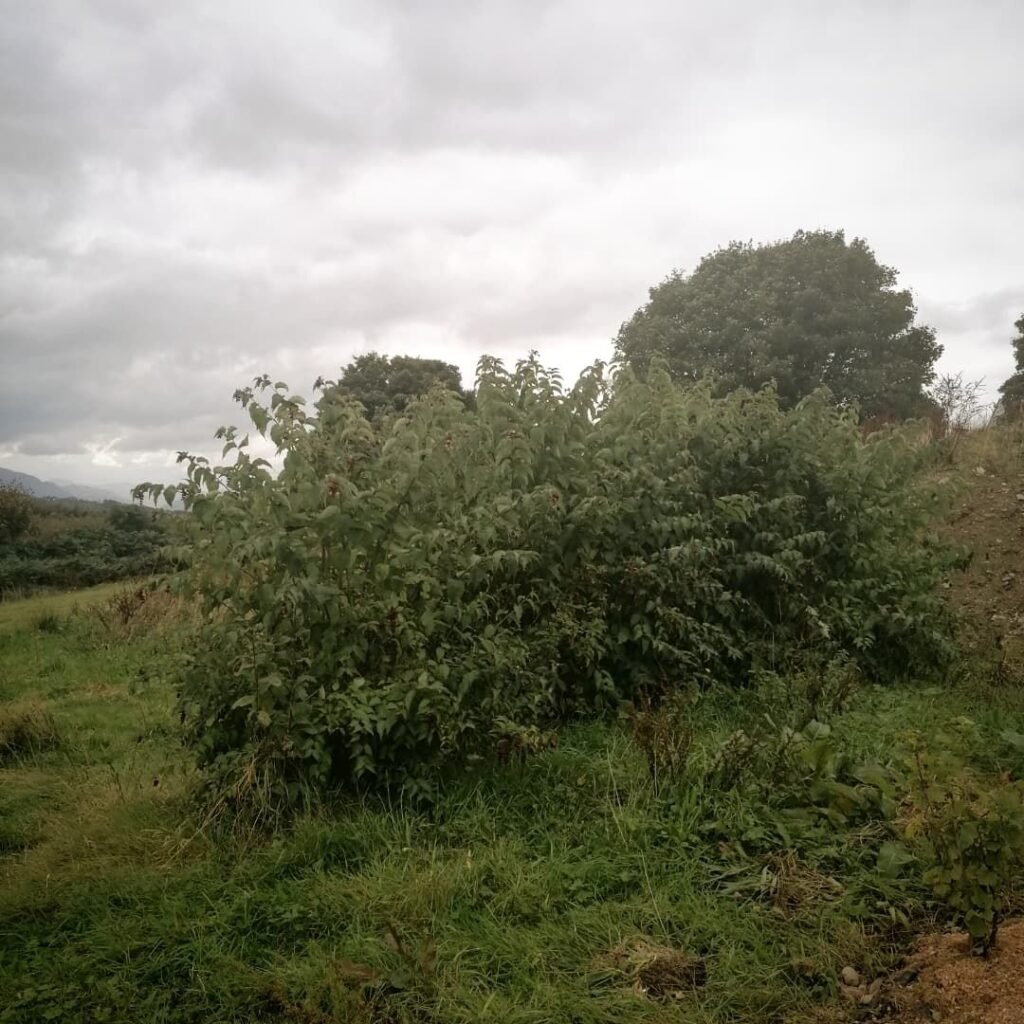

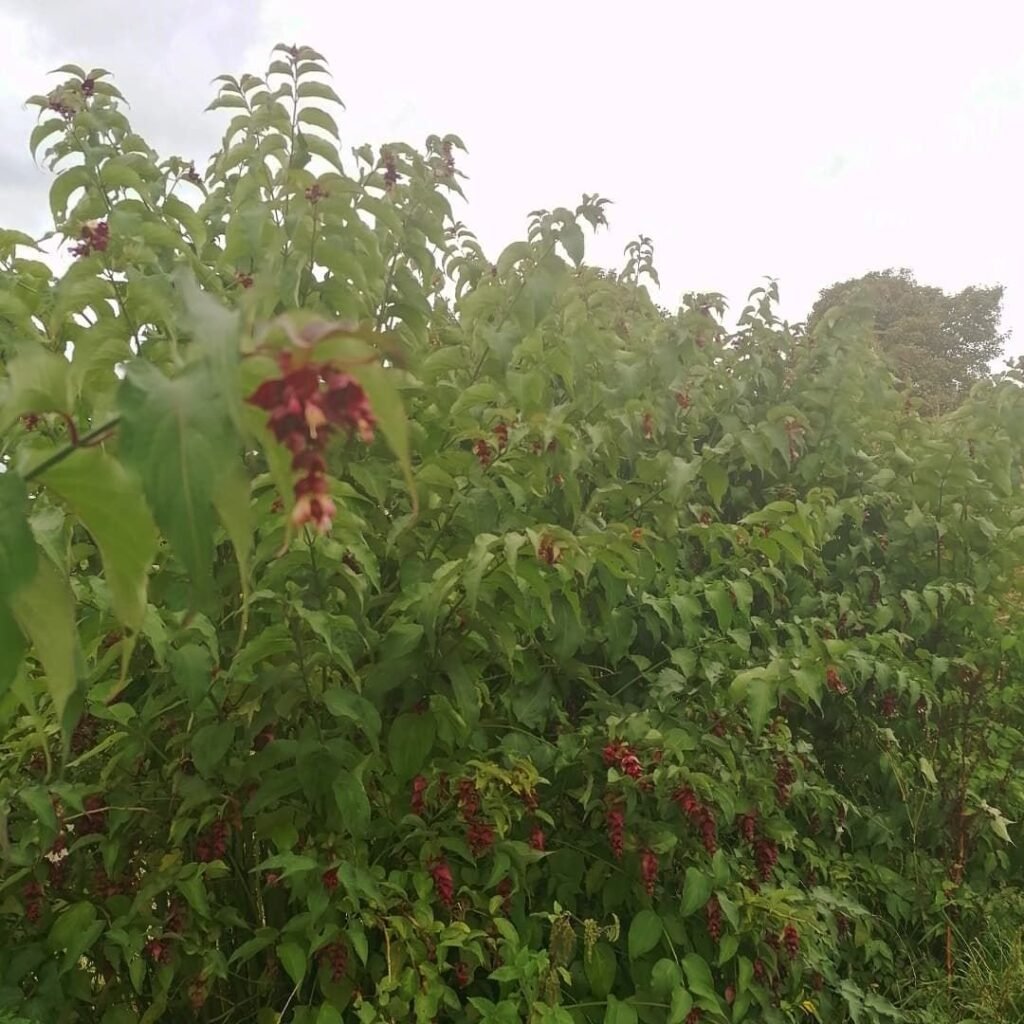
I picked up Himalayan honeysuckle seeds on a bit of a whim. I was browsing for unusual fruiting plants to grow on the farm—something low-maintenance but still a little bit magical. Then I saw it: a shrub called Karamellbeere on a German site. “Caramel berry,” it said, with flavors like toffee and a hint of dark chocolate. That was all I needed. I didn’t even check if it grew well here—I just clicked “add to cart” and hoped for the best.
Later, I learned it had a few other names: Himalayan honeysuckle and pheasant berry. Turns out the birds love it just as much as I do. I’d hoped planting it might distract them from my pumpkin patch, but I think it’s just given them another snack to enjoy.
Still, no regrets. It’s a lovely, easy shrub to grow, and those berries really do have a rich, unusual flavor—especially when they’re fully ripe. I didn’t plant it for its history or hardiness (though it has both). I planted it because it sounded delicious and a little bit fun.
In this guide, I’ll walk you through how to grow it, how to use it, and why it might just become your new favorite garden surprise.
What Is Himalayan Honeysuckle?
Himalayan honeysuckle (Leycesteria formosa) is a tough and lovely shrub that goes by many names—like pheasant berry and caramel berry. It belongs to the honeysuckle family (Caprifoliaceae) and originally comes from the cool, misty hills of the Himalayas and parts of China. A Scottish plant hunter named John Forbes brought it to Britain in 1824, and it quickly became a favorite in fancy Victorian gardens.
But you don’t need a grand estate to grow it. This plant is fast-growing, easy to care for, and great for beginners. Its tall, straight stems look a bit like bamboo, and they grow in clumps, giving it a lush, bushy shape. In summer, it shows off hanging purple bracts with small white flowers that turn into dark purple berries.
It’s not just nice to look at—it’s useful, too. In a permaculture setup, it can help protect more delicate plants. On our farm, it seems to keep pheasants busy and away from the rhubarb patch. Its thick branches also offer shelter for small animals like hedgehogs, while the flowers feed bees and butterflies. Birds love the berries, especially pheasants—hence the name!
If you’re looking for a plant that’s beautiful, low-maintenance, and a friend to wildlife, Leycesteria formosa is a great one to try.
Why Grow Himalayan Honeysuckle?
If you’re after a plant that’s as useful as it is beautiful, Himalayan honeysuckle is a must-have. Whether you’re planting for wildlife, permaculture, or just a bit of garden charm, this fast-growing, easy-care shrub really earns its place. Here’s why gardeners (and local critters!) love it:
- Edible berries – Once fully ripe, the deep purple berries have a rich, caramel-like flavor with hints of dark chocolate. They’re a forager’s delight and can be enjoyed fresh, stirred into yogurt, or turned into small-batch jams. Just be sure to wait until they’re soft and dark—unripe berries are bitter!
- Wildlife benefits – Not only is it a bird magnet, especially for pheasants and other game birds, but the nectar-rich flowers also attract bees, butterflies, and other pollinators. Its dense growth offers safe shelter for small animals like hedgehogs, making it a great choice for anyone wanting to support local biodiversity.
- Ornamental value – With its cascading purple bracts, delicate white flowers, and jewel-toned berries, this shrub adds a splash of color and texture from summer through autumn. It’s a real showstopper, even in smaller spaces or containers.
- Resilience – Low-maintenance, drought-tolerant, and happy in various soil types, Himalayan honeysuckle doesn’t fuss. Whether it’s tucked into a cottage border, part of a wild edge, or planted in a large pot, it’s a hassle-free beauty that keeps on giving.
- Good for compost and soil health – The plant’s bamboo-like stems are high in silica, which can help strengthen other plants when added to compost or used as mulch. In permaculture gardens, it works well as chop-and-drop material, feeding the soil as it breaks down.
So, if you’re looking for a plant that’s practical, pretty, and kind to nature, Leycesteria formosa ticks all the boxes.
How to Grow Himalayan Honeysuckle
This shrub is low-maintenance, but giving it the right start makes all the difference:
- Soil: It thrives in well-draining, fertile soil. Mix in some organic compost or worm castings to boost nutrients and support healthy roots.
- Sunlight: Prefers full sun to partial shade. More sun encourages stronger flowering and better berry production. A sunlight meter can help you choose the perfect spot.
- Watering Needs: Once established, it’s fairly drought-tolerant. But young plants do best with deep, occasional watering. Try a soaker hose or adjustable watering wand for gentle, targeted watering.
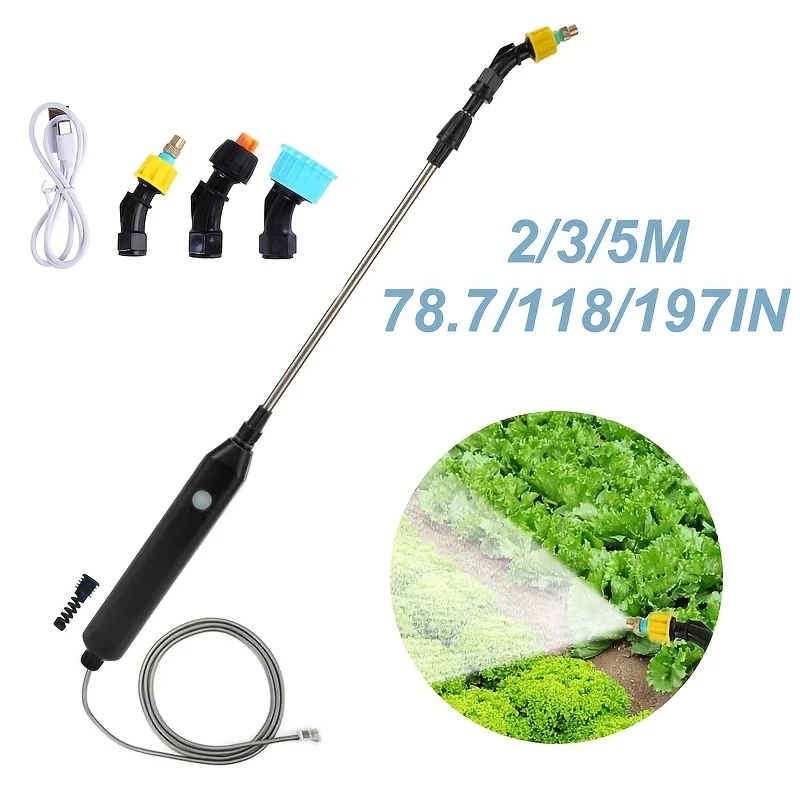
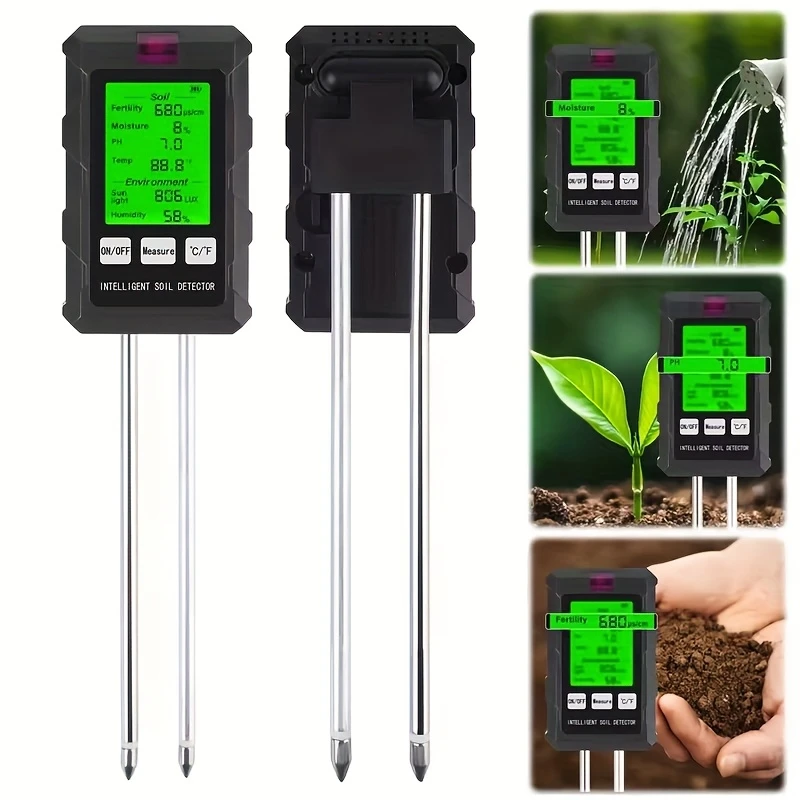
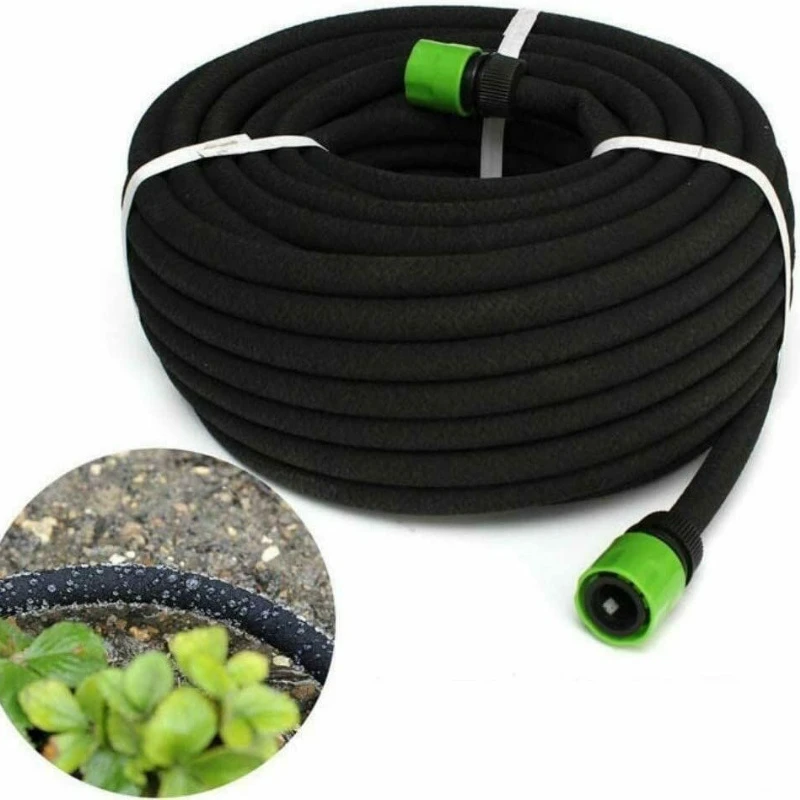
Propagation Methods
Want more of this beauty in your garden? It’s easy to multiply:
- From Seeds: Harvest fully ripe berries, clean the seeds, and let them dry. Cold stratification helps boost germination. Use a seed tray with humidity dome or mini greenhouse kit to get started in spring.
- From Cuttings: Softwood cuttings in spring or hardwood cuttings in autumn both work well. Dip in organic rooting powder and pot into moist soil. A spray mister helps keep humidity up while they root.
Planting and Care Tips
With the right care, Himalayan honeysuckle will thrive and reward you year after year:
- Planting Time: Spring or autumn is best. Space plants about 3 feet (90 cm) apart to allow for airflow and growth.
- Pruning: Give it a tidy-up in late winter or early spring to remove dead branches and encourage bushy new growth. A good pair of bypass pruners or ratchet secateurs makes this quick and easy.
- Pest and Disease Management: It’s usually pest-free, but in damp weather, you might spot aphids or powdery mildew. Use neem oil spray or introduce beneficial insects like ladybugs as a natural solution.
With just a few tools and a bit of care, this stunning and wildlife-friendly shrub will settle in beautifully and quickly become a garden favorite.
How to Use Himalayan Honeysuckle Berries
Culinary Delights 🍇
Himalayan honeysuckle berries are a forager’s treat, offering a rich, caramel-like sweetness with hints of dark chocolate when fully ripe. Enjoy them:
- Fresh – Eat straight from the shrub for a unique burst of flavor.
- Jams & Preserves – Their deep, fruity taste makes them perfect for homemade jams, jellies, or chutneys.
- Desserts – Add to cakes, crumbles, or ice cream for a wild twist.
- Infused Syrups – Simmer berries with honey or sugar to create a rich syrup for pancakes, cocktails, or drizzling over yogurt.
Foraging & Harvesting Tips 🌿
- Timing is key – Berries ripen in late summer to early autumn. Look for deep purple, almost black fruits for peak sweetness.
- Taste test – The flavor varies by ripeness, so experiment to find the perfect balance of sweetness.
- Be quick! Birds love these berries, so harvest before they beat you to them!
Potential Health Benefits 🌱
Though not widely studied, Himalayan honeysuckle berries are believed to be rich in antioxidants and have been used in traditional remedies for minor ailments. Some sources suggest they may support digestion and immune health, but research is still limited.
A berry that’s delicious, easy to grow, and beloved by wildlife? That’s a win-win!
FAQs About Himalayan Honeysuckle
🌿 Is Himalayan honeysuckle invasive?
No, Himalayan honeysuckle (Leycesteria formosa) is not classified as invasive in most regions. While it self-seeds readily, it’s easy to manage and doesn’t spread aggressively like some other honeysuckle species. If unwanted seedlings appear, they can be easily pulled up.
🌱 How fast does it grow?
This shrub is a fast grower, often reaching 1.5–2 meters (5–7 feet) in a single season. It’s an excellent choice for quick coverage, privacy screens, or filling gaps in the garden.
🐾 Is it safe for pets?
While the berries are edible for humans and wildlife, some sources suggest they may cause mild digestive upset in pets if consumed in large quantities. As with any plant, it’s best to monitor pets and prevent excessive nibbling.
🪴 Can it be grown in pots?
Yes! Himalayan honeysuckle thrives in containers, provided it has:
- A large pot (at least 12–16 inches wide) to accommodate its roots.
- Well-draining soil to prevent waterlogging.
- Regular watering, as potted plants dry out faster than those in the ground.
It’s a great option for small gardens, patios, or balconies, adding beauty and attracting pollinators to even the smallest spaces!
Final Thoughts
If ever there was a plant that embodied the phrase beauty meets function, it’s Himalayan honeysuckle. From its cascading flowers that look like something out of a fairytale to the deep purple berries that taste like caramel and dark chocolate had a woodland baby—this shrub is a dream for gardeners and foragers alike. It asks for so little yet gives back in abundant berries, wildlife visits, and year-round charm.
Whether you’re planting it for the pollinators, the ornamental value, or the foraging delights, you’ll find it’s a shrub that rewards your patience tenfold. It thrives in neglect and adventure alike, happy in hedgerows, containers, or forgotten corners of the garden where other plants sulk. And when those berries ripen, the real fun begins—straight from the bush, stirred into jam, or baked into something warm and cozy.
Speaking of baking, I couldn’t resist turning my latest harvest into Himalayan honeysuckle crumble muffins, where those caramel-berry notes shine against a buttery oat topping. If you’re looking for a way to make the most of your own honeysuckle bounty, I highly recommend giving them a try! You’ll find the full recipe here: Himalayan Honeysuckle Crumble Muffins.
So, what do you think? Will you be adding this low-maintenance beauty to your garden? If you already grow it, I’d love to hear how you use the berries—drop your ideas in the comments!

